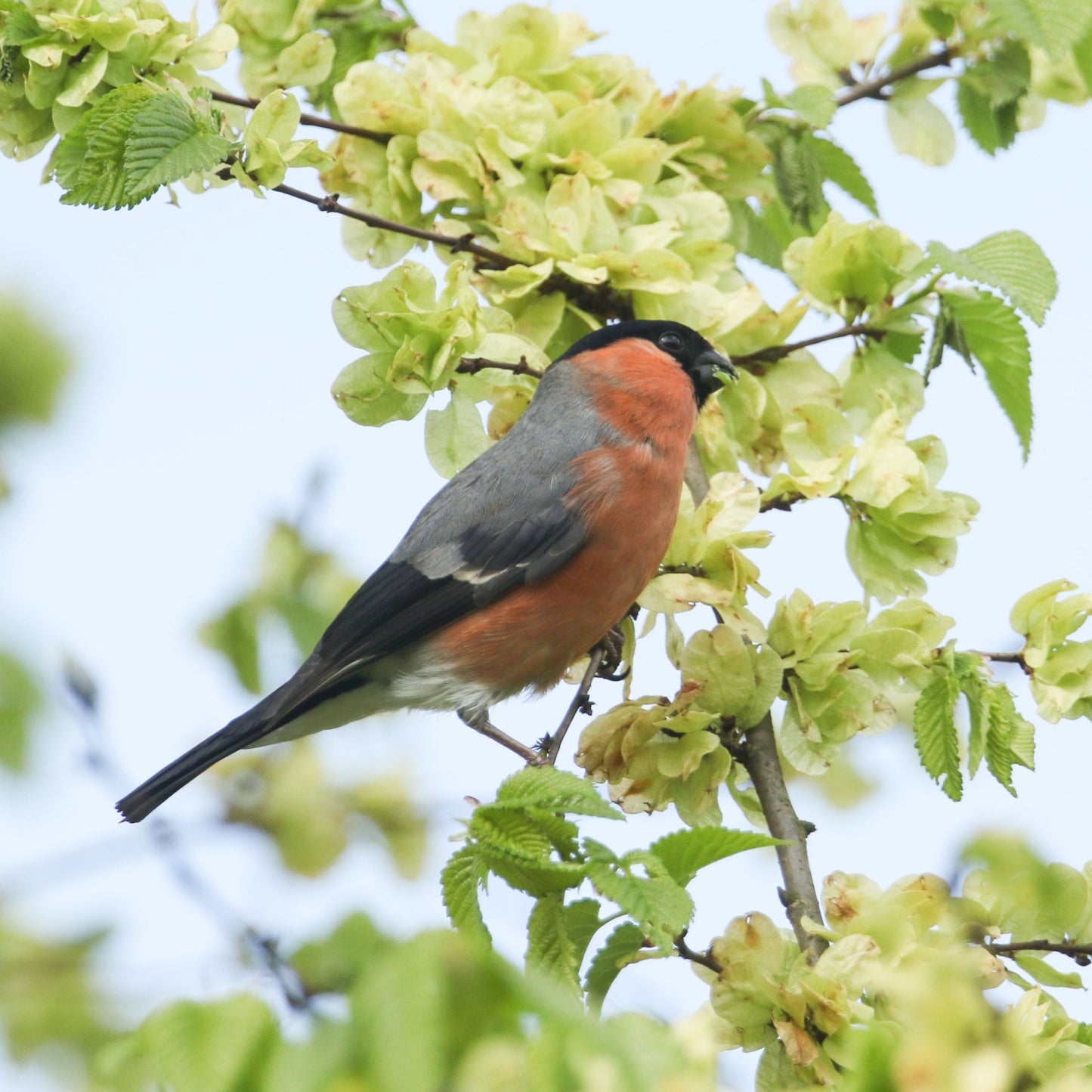Habitat Aid Ltd
Wych Elm (Ulmus glabra)
Wych Elm (Ulmus glabra)
Prices include VAT (when applicable) and delivery to mainland UK.
Couldn't load pickup availability
Wych Elm (Ulmus glabra)
We're surrounded by English elms (Ulmus procera) in the hedgerows hereabouts as - fortunately - they sucker so freely and lay relatively well. But leave them to grow to 20 feet and they succumb to Dutch Elm disease. The disease is a fungus born by elm bark beetles, which blocks trees' capillaries, and wiped out all the mature trees in England in the 70s, with the exception of pockets like Brighton. I was just too young to remember it, but it must have been really traumatic to lose so many large trees in their pomp, each with their own very distinctive profile.
Interestingly, the archaeological record suggests this is not the first time elm numbers have dramatically collapsed - and recovered. There was a dramatic decline in numbers around 3500BC, which may well have been driven by disease. The current fungus is itself attacked by viruses, which are constantly mutating, and perhaps as the number of trees falls so does the beetle population.
There are many different types in elm in the landscape still, however. There are officially four to six, but - like willow - there are lots more hybrids. There are new trees on the market too now which are said to be disease resistant.
Our native Wych elm seems to be less attractive to elm bark beetles, and we have cautiously started selling it. There are still reasonable numbers of it in small pockets in the north (including Edinburgh) and west, although it is very scarce across the UK as a whole now. Unlike English elm it does not sucker, so you don't much come across it in hedgerows. Its larger leaves are nutrient rich, decaying quickly, so Wych elm sequesters more carbon than other broadleaves. Unfortunately deer like the taste of it, and most seedlings are browsed out.
Elm is an important tree for a number of reasons. The wood was used everywhere, from boat bottoms to coffin boards; in our old house you could find it in the roof and, very typically, used as stair treads. Among the species dependent on it is the White Hairstreak butterfly.
Plants For Sale
We currently sell 60-90cm plants and some nice half standards from Yorkshire.
Suppliers: RV Roger
See our planting and size guide for details and tips on planting. These oak trees are all bare root, and are consequently available for delivery from November until March ( please ask if you are interested in pot grown plants). During the lifting season there may be up to a month's delay between placing the order and dispatching, due to weather conditions or pressure of orders, which are dealt with in date sequence. Orders for Wych elms placed between March and September are confirmed in October ready for dispatch from November.
Have a look at our videos on what to do when your plants arrive and how to plant a bare root tree. Please ask about larger trees; we can often supply them but will need to quote on an individual basis as carriage varies so much.
Information
Share



